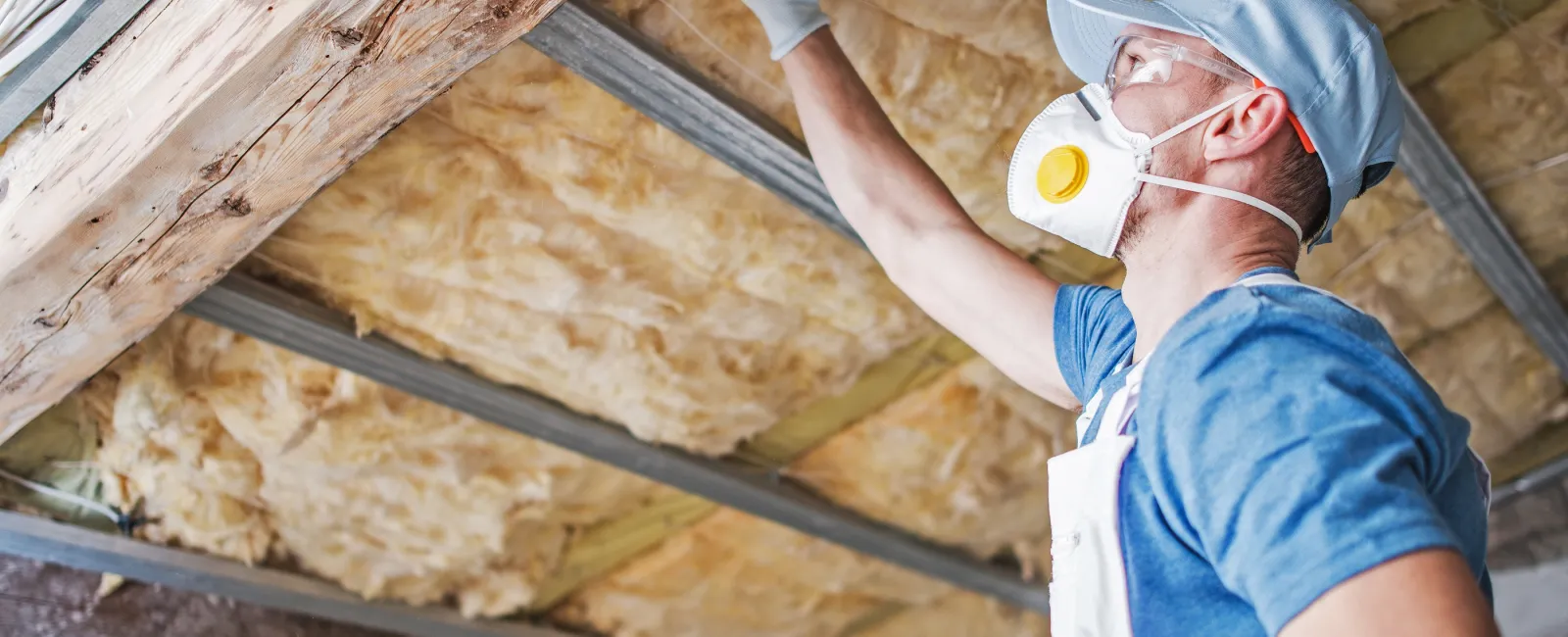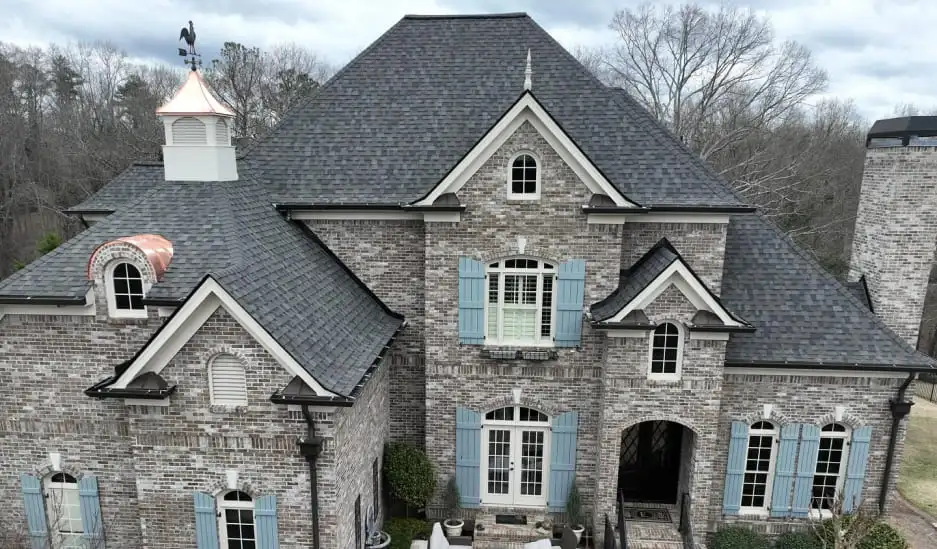Most homeowners don’t think about their roofs until they have a problem — specifically, a leak.
My Roof is Leaking. Is It Time for an Inspection?
A leaky roof can be the result of recent roof storm damage or roof water damage, but a leaky roof isn’t usually the first sign that your roof is damaged. By doing regular roof inspections, both on your own and by hiring a professional roofing company, you can spot signs of damage before they turn into a bigger problem.
Regular roof inspections allow you to better monitor the state of your roof, which makes spotting any damages or changes easier. The more frequently you inspect your roof, the easier it will be for your contractor to come up with roof repair solutions.
How Much Does a Roof Inspection Cost?
The cost of a roof inspection will vary based on your location, the season, and the contractors you’re working with. Many companies offer a free inspection and others allow you to put the cost of your inspection towards your roof repair or roof replacement project. The average cost of a roof inspection in the U.S. is $210.
How Often Should I Inspect My Roof?
It’s best to have a professional roof inspection every year, according to experts. However, you should also inspect your roof after every storm, especially those that produce high winds and lots of hail. Roof storm damage that is caught early is easier to repair, helping you prevent bigger problems down the road.
What Are Some Common Reasons to Get a Roof Inspection?
Aside from your annual roof inspections and post-storm inspections, here are a few other common reasons that might prompt you to inspect your roof:
- Your roof is getting old. Like everything else in life, your roof ages, too. Over time, it can become weathered and damaged. The average lifespan of a roof ranges from 15 to 50 years, depending on the material it’s made of. Checking your roof for signs of aging (especially if you’ve had it for at least 10 years) is important. If you have a warranty on your roof that may be nearing the end of its term length, this is even more important.
- You think you have roof water damage. If you start noticing that the paint inside your home is peeling, bubbling, or stained, a leak may have caused roof water damage. This can lead to damage to your attic’s insulation, the deck of your roof, and the framing in your home. Any time you suspect you might have a leak, do an inspection.
- You notice a drainage issue. A waterlogged roof will wreak havoc on your home, so it’s a good idea to inspect your roofing system more regularly during storm season. Check your gutters regularly to ensure that they’re not clogged, and inspect your entire roof for debris like leaves, branches, or trash that might be preventing water from draining properly.
Doing these specific inspections allows your roofing contractor to come up with easy roof repair solutions.
What Parts of a Roof Should Be Inspected?
Your entire roofing system needs to be thoroughly inspected regularly, but the following areas are most important:
- Flashing – Flashing is metal that’s installed along the corners and crevices of your roof to prevent water leaks.
- Gutters – Check your gutters to make sure they’re draining properly and for granules. One of the first signs of roof storm damage and roof water damage is the presence of little granules in your gutters. The granules are a sand-like material that makes up your shingles. When those shingles are damaged, granules fall off and accumulate in your gutter.
- Sagging – Look for any signs of drops or sagging on your roof. A saggy roof is a good indicator that you have roof water damage.
If it’s been a while since you’ve had your roof inspected or you suspect you might have recent damage to your roof, contact Findlay Roofing today.



